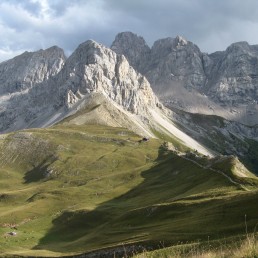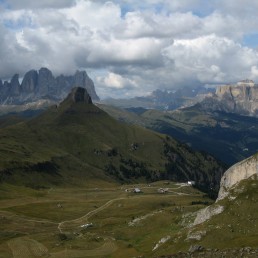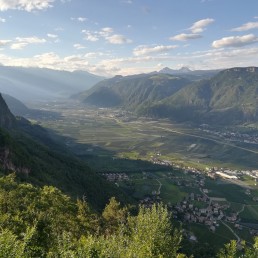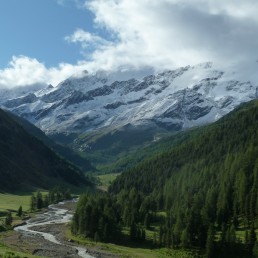Southtyrol
The Autonomous Province of Bolzano, also known as Southtyrol, is a mountainous region located in the Eastern Alps in Italy.
-
-
- STATE: Italy
- REGION: Trentino Alto Adige
- PROVINCE: Autonomous Province of Bolzano
- MUNICIPALITIES: 116
- PEOPLE: 530.000 (dati ASTAT 2020)
- AREA: 7.400 Km2
- POPULATION DENSITY: 72 ab./Km2
- ALTITUDE RANGE: 200 to 3.900 m a.m.s.l
-
The altitude ranges from 200 to 3,900 m a.m.s.l., whereby 37 % of the territory is located above 2,000m, 49% between 1,000 and 2,000m and 14% below 1,000m a.m.s.l. In 2007 50% of the territory were covered by forest, 36% are used agriculturally and 3% are currently settlement area (ASTAT, 2020). The agricultural land are 30% pastures, 13% meadows, 4% fruit orchards, 1% vineyards and 1% crop land (ASTAT, 2020). Corresponding to the altitude levels, the climate varies from hot summers and cold dry winters in the low valleys to humid continental climate in the alpine valleys between 900 and 1,400 m, subarctic climate between 1,400 and 1700 m to the high areas above 1,700 m with an Alpine tundra climate. Because of the steep terrain, the region is prone to natural hazards such as landslides, rockfalls, avalanches and floods. On a total area of 7,400 square kilometres live 530,000 people (ASTAT, 2020).
One fifth of the total population live in the regional capital Bolzano. The mostly rural population is dispersed across the entire region and highly mobile in their daily commutes and weekend leisure activities. Due to the mountainous topography, there is limited space for settlements, which requires spatial planning to find a balance between the use of space and the risk of infrastructures to be exposed to natural hazards. Most settlements and thus human activities are concentrated in the valleys with limited space for roads, which makes the planning of traffic flows important, in particular in tourist areas. All of Southtyrol is a popular tourist destination with about 34 Million overnight stays in 2020 (ASTAT, 2020).








